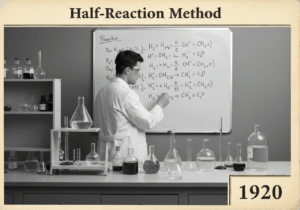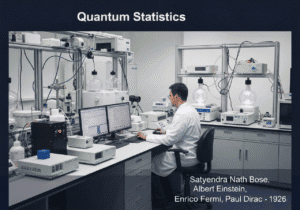A recognized tool (formula in fact) used to assess the risk of low back injury associated with manual lifting tasks.
- Methodologies: Engineering, Quality
NIOSH Lifting Equation

NIOSH Lifting Equation
- Continuous Improvement, Ergonomics, Human Factors, Human Factors Engineering (HFE), Lean Manufacturing, Process Improvement, Risk Analysis, Risk Management, Safety
Objective:
How it’s used:
- Calculates a Recommended Weight Limit (RWL) and a Lifting Index (LI) based on factors like horizontal location, vertical location, lifting distance, asymmetry angle, lifting frequency, and coupling quality. An LI > 1.0 indicates an increased risk.
Pros
- Provides a quantitative assessment of lifting risk; helps identify specific risk factors in a lifting task; widely accepted and used for redesigning lifting tasks.
Cons
- Applies only to two-handed manual lifting; does not account for all risk factors (e.g., individual capabilities, environmental factors); can be complex to apply correctly without training.
Categories:
- Ergonomics, Risk Management
Best for:
- Evaluating the risk of low back injury associated with specific manual lifting tasks.
The NIOSH Lifting Equation (NLE) is particularly effective in environments where manual lifting is prevalent, such as warehouses, manufacturing plants, and medical settings. It is most commonly applied during the ergonomics phase of product design and workplace assessments, allowing engineers and safety specialists to collaborate on lifting task evaluations and modifications. Participants in the implementation of the NLE typically include safety engineers, ergonomists, occupational health professionals, human factors specialists, and employees who perform lifting tasks. The methodology can be integrated during various project phases, including the initial design development and during post-implementation reviews to ensure continuous improvement in ergonomics. A systematic approach using the equation can lead to redesigning jobs in a way that minimizes lifting risks and enhances worker safety. For instance, in an assembly line, modifying the positioning of components to align with the ideal lifting zones identified by the NLE can significantly lower the risk of injury. Industries like construction, logistics, and healthcare frequently utilize the NLE to analyze and adjust manual handling tasks. Furthermore, leveraging this methodology promotes a safety culture within organizations, encouraging ongoing risk assessments and fostering employee involvement in ergonomics initiatives, ultimately contributing to long-term injury reduction and enhanced operational efficiency.
Key steps of this methodology
- Calculate the horizontal location (H) of the load from the midpoint between the feet.
- Determine the vertical location (V) of the load from the floor to the handle of the load.
- Measure the lifting distance (D) as the vertical distance moved by the load.
- Assess the asymmetry angle (A), which is the angle of the lift relative to the midline of the body.
- Estimate the lifting frequency (F) by the number of lifts per minute.
- Evaluate coupling quality (C) based on the type of grip used on the load.
- Use the above parameters to calculate the Recommended Weight Limit (RWL) using the NIOSH lifting equation.
- Calculate the Lifting Index (LI) by dividing the load weight by the RWL.
- Interpret the LI value, identifying the associated risk of low back injury.
Pro Tips
- Regularly update the parameters based on ergonomic research to adapt the NIOSH equation to evolving workplace conditions.
- Incorporate technology such as motion capture systems to measure actual lifting techniques, improving the accuracy of RWL calculations.
- Utilize the findings from lifting assessments to implement training programs focused on safe lifting practices, reinforcing risk mitigation strategies.
To read and compare several methodologies, we recommend the
> Extensive Methodologies Repository <
together with the 400+ other methodologies.
Your comments on this methodology or additional info are welcome on the comment section below ↓ , so as any engineering-related ideas or links.
Historical Context
1920
1924
1926
1927
1927
1930
1940
1920
1922
1925
1926
1927
1930
1938
1947
(if date is unknown or not relevant, e.g. "fluid mechanics", a rounded estimation of its notable emergence is provided)















Related Posts
Manufacturing Operations Management (MOM)
Manufacturing Execution System (MES)
Manufacturing Control Plan
Manual Testing
Manual Handling Assessment Charts (MAC)
ManTRA (Manual Tasks Risk Assessment Tool)